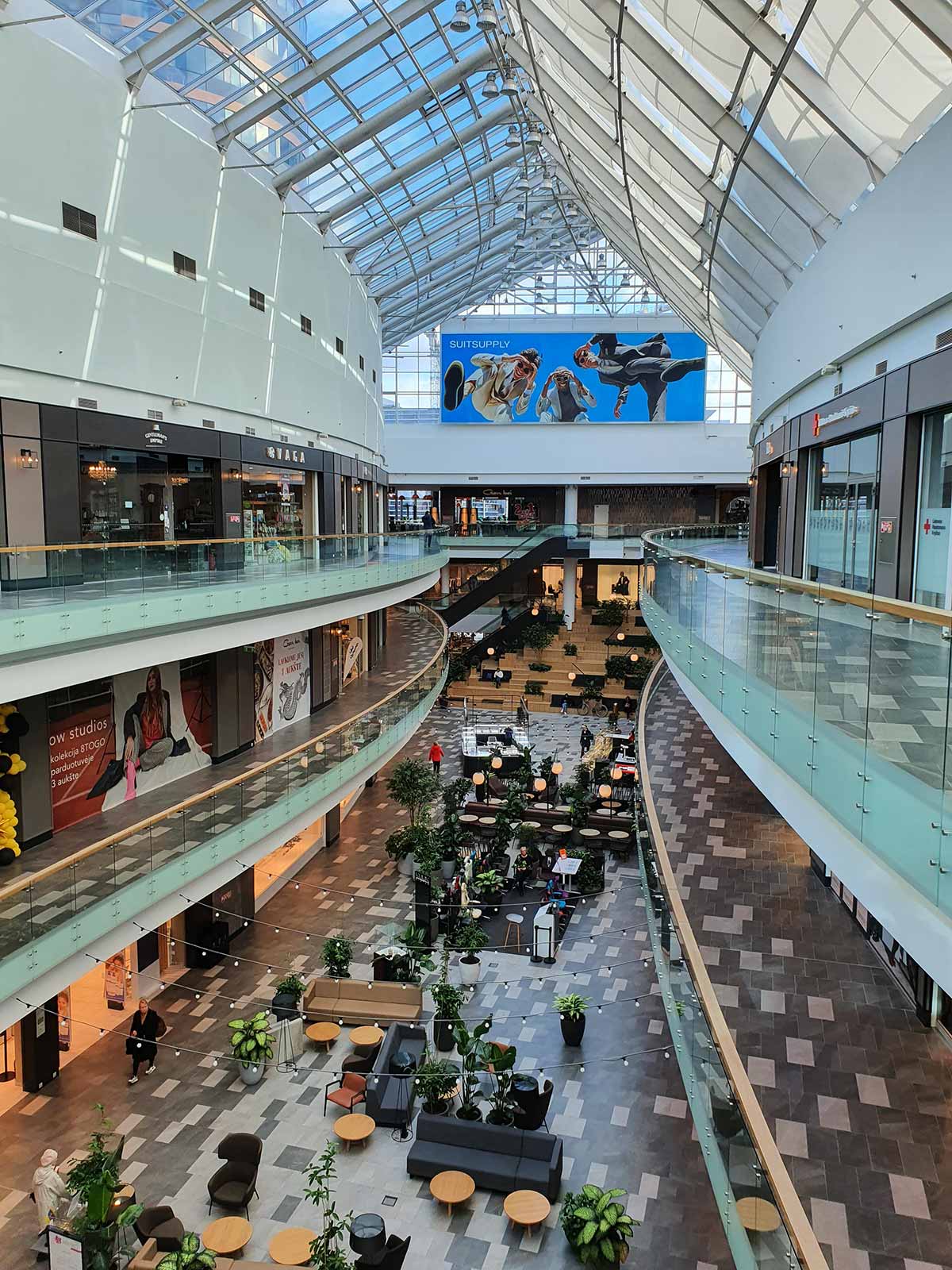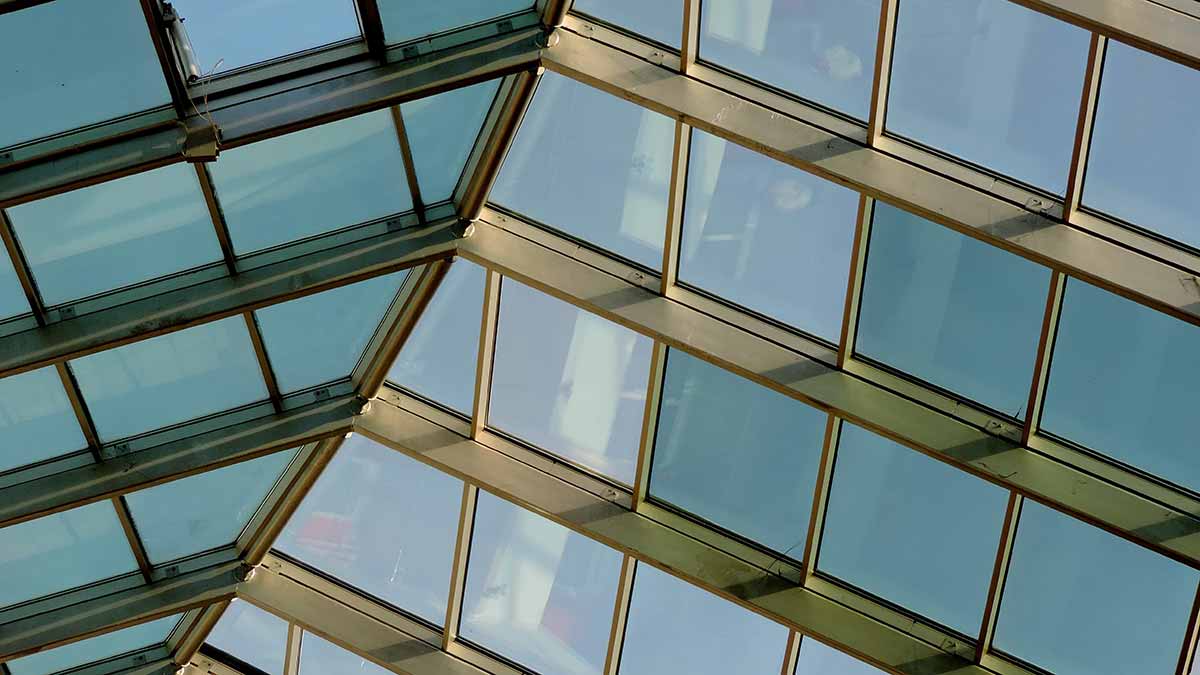The design, architecture and construction of buildings for public use demand special attention to safety in emergency situations. This is the case for high occupancy facilities such as theme parks, water parks, hotels and resorts, campsites, shopping centres and other entertainment, leisure and tourism complexes. In these types of projects, it is common for safety codes to require smoke control systems in case of fire. Their purpose is to extract noxious gases and ensure safe evacuation.
The design of smoke control systems is generally based on a fire model that considers parameters such as area, perimeter and heat flow. These measures are defined according to the geometry of the space and the presence of extinguishing systems. In addition, the smoke clearance height is taken into account to determine the appropriate configuration of the installation.

The essential components of smoke control systems include both natural ventilators (known as vents) and mechanical devices that ensure smoke extraction and fresh air intake. Barriers or curtains are also used to compartmentalise and direct fumes as required. The control panel, connected to the fire control panel and generally activated by compressed air, plays a key role in emergency situations.
Amusement Logic takes into consideration smoke and heat control systems, in strict compliance with current codes and regulations, in the projects it develops, be they theme parks, water parks, hotels and resorts, campsites, shopping centres or other leisure and tourism facilities. In general, it incorporates the latest and most rigorous measures into these projects, with the ultimate aim of guaranteeing safety.

By Juan Carlos Soria, Senior MEP Engineer in Amusement Logic’s Architecture Department.






